-
 Bitcoin
Bitcoin $106,754.6083
1.33% -
 Ethereum
Ethereum $2,625.8249
3.80% -
 Tether USDt
Tether USDt $1.0001
-0.03% -
 XRP
XRP $2.1891
1.67% -
 BNB
BNB $654.5220
0.66% -
 Solana
Solana $156.9428
7.28% -
 USDC
USDC $0.9998
0.00% -
 Dogecoin
Dogecoin $0.1780
1.14% -
 TRON
TRON $0.2706
-0.16% -
 Cardano
Cardano $0.6470
2.77% -
 Hyperliquid
Hyperliquid $44.6467
10.24% -
 Sui
Sui $3.1128
3.86% -
 Bitcoin Cash
Bitcoin Cash $455.7646
3.00% -
 Chainlink
Chainlink $13.6858
4.08% -
 UNUS SED LEO
UNUS SED LEO $9.2682
0.21% -
 Avalanche
Avalanche $19.7433
3.79% -
 Stellar
Stellar $0.2616
1.64% -
 Toncoin
Toncoin $3.0222
2.19% -
 Shiba Inu
Shiba Inu $0.0...01220
1.49% -
 Hedera
Hedera $0.1580
2.75% -
 Litecoin
Litecoin $87.4964
2.29% -
 Polkadot
Polkadot $3.8958
3.05% -
 Ethena USDe
Ethena USDe $1.0000
-0.04% -
 Monero
Monero $317.2263
0.26% -
 Bitget Token
Bitget Token $4.5985
1.68% -
 Dai
Dai $0.9999
0.00% -
 Pepe
Pepe $0.0...01140
2.44% -
 Uniswap
Uniswap $7.6065
5.29% -
 Pi
Pi $0.6042
-2.00% -
 Aave
Aave $289.6343
6.02%
Is it credible that the MACD column line diverges but the fast and slow lines are not dead crosses?
MACD divergence can signal weakening momentum even without a death cross, offering early warnings of potential trend reversals in crypto markets.
Jun 19, 2025 at 04:35 pm
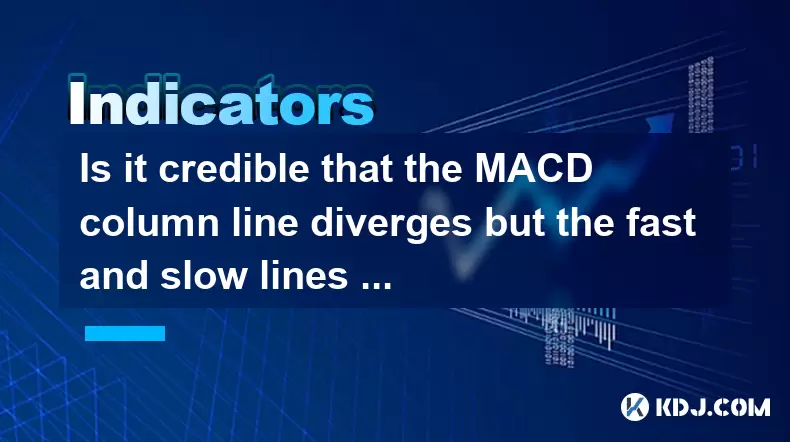
Understanding MACD Divergence and Its Significance
The Moving Average Convergence Divergence (MACD) is a widely used technical analysis tool in cryptocurrency trading. Traders often rely on it to identify potential trend reversals or continuations. One of the more complex aspects of MACD involves divergence, which occurs when the price of an asset moves in one direction while the indicator moves in the opposite direction. A common question arises: Is it credible that the MACD column line diverges but the fast and slow lines are not dead crosses? This situation can be confusing for traders unfamiliar with how each component of the MACD interacts.
Divergence in the MACD histogram does not always mean that the fast and slow lines will cross into bearish territory (i.e., form a death cross). Instead, divergence indicates a weakening momentum in the current trend, even if the moving averages haven't yet signaled a reversal.
Breaking Down the Components of MACD
To better understand this scenario, let’s break down the three main components of the MACD:
- Fast Line (MACD Line): Calculated as the difference between the 12-period and 26-period Exponential Moving Averages (EMA).
- Slow Line (Signal Line): A 9-period EMA of the fast line.
- Histogram: Represents the difference between the fast line and the slow line.
In the case where the histogram diverges but the fast and slow lines do not form a death cross, it suggests that although momentum is waning, the trend has not fully reversed. For example, during a bullish trend, if the price makes higher highs but the MACD histogram makes lower highs, this is known as bearish divergence. However, if the fast line remains above the slow line, a death cross hasn’t occurred.
How Divergence Can Occur Without a Death Cross
It's important to recognize that divergence is a leading indicator, meaning it can signal potential changes before they appear in price action or other lagging indicators like the death cross.
Here’s what happens step-by-step:
- The price continues to rise, suggesting strength.
- The MACD histogram begins to shrink, indicating decreasing momentum.
- The fast line may still remain above the slow line, so no death cross forms.
- Eventually, if the histogram turns negative and the fast line crosses below the slow line, a death cross occurs.
This means that a divergence in the histogram can occur independently of the fast and slow line crossing, making it a valid and reliable early warning sign.
Interpreting Bearish Divergence Without a Death Cross
Let’s consider a real-world example using a crypto pair such as BTC/USDT:
- Price reaches a new high at $60,000.
- The MACD histogram peaks at bar X and then starts to contract, even though price climbs to $61,000.
- The fast line remains slightly above the slow line.
- No death cross appears, but the divergence suggests that buying pressure is weakening.
Traders who wait solely for a death cross might miss the early signs of a reversal. In this case, the histogram divergence serves as a cautionary signal, prompting traders to monitor the market closely for further confirmation.
This behavior is especially relevant in volatile crypto markets where trends can reverse quickly. Therefore, traders should not dismiss divergence just because the fast and slow lines have not crossed.
Practical Implications for Crypto Traders
For traders actively managing positions in cryptocurrencies like Bitcoin or Ethereum, understanding this nuance can significantly improve decision-making.
Consider these steps:
- Monitor both the histogram and the fast/slow line crossovers.
- Use divergence as a signal to tighten stop-losses or reduce exposure.
- Combine MACD signals with other tools like RSI or volume indicators to confirm potential reversals.
- Avoid relying solely on the death cross for confirmation — early signs in the histogram can provide valuable insights.
In fast-moving crypto markets, timing entries and exits is crucial. Recognizing that divergence can precede a death cross by several candles helps traders stay ahead of the curve.
Frequently Asked Questions
Q: What does it mean when the MACD histogram is diverging but the fast line stays above the slow line?
A: It indicates that although the uptrend is still intact (fast line above slow line), momentum is weakening. This divergence may foreshadow a potential reversal.
Q: Can the MACD histogram show bullish divergence without a golden cross?
A: Yes, the histogram can show bullish divergence even if the fast and slow lines don’t form a golden cross. This suggests increasing momentum despite the absence of a classic bullish crossover.
Q: Should I trade based solely on MACD histogram divergence?
A: It's generally not recommended to trade based on a single indicator. Combining histogram divergence with other technical signals like support/resistance levels or candlestick patterns increases reliability.
Q: How often does MACD histogram divergence occur in crypto markets?
A: Due to the volatility of crypto assets, MACD divergence occurs frequently. However, not all instances lead to significant trend reversals — context and confluence matter greatly.
Disclaimer:info@kdj.com
The information provided is not trading advice. kdj.com does not assume any responsibility for any investments made based on the information provided in this article. Cryptocurrencies are highly volatile and it is highly recommended that you invest with caution after thorough research!
If you believe that the content used on this website infringes your copyright, please contact us immediately (info@kdj.com) and we will delete it promptly.
- BAY Miner & XY Miners: Unlock Daily Earnings with BTC, DOGE, and LTC Cloud Mining
- 2025-06-20 10:25:12
- Decoding the Aaluxx Myth: Maya Protocol and the Smart Economy
- 2025-06-20 10:30:12
- Binance Wallet, Exclusive Token, Launch: What You Need to Know
- 2025-06-20 10:45:12
- Semler Scientific's Bitcoin Bet: Bold Move or Risky Gamble?
- 2025-06-20 10:50:12
- SHIB Eyes on Whale Activity and Shibarium Upgrade: Will It Trigger a Reversal?
- 2025-06-20 10:50:12
- Crypto Bull Run Expert Prediction: Navigating the Generational Surge
- 2025-06-20 08:25:12
Related knowledge
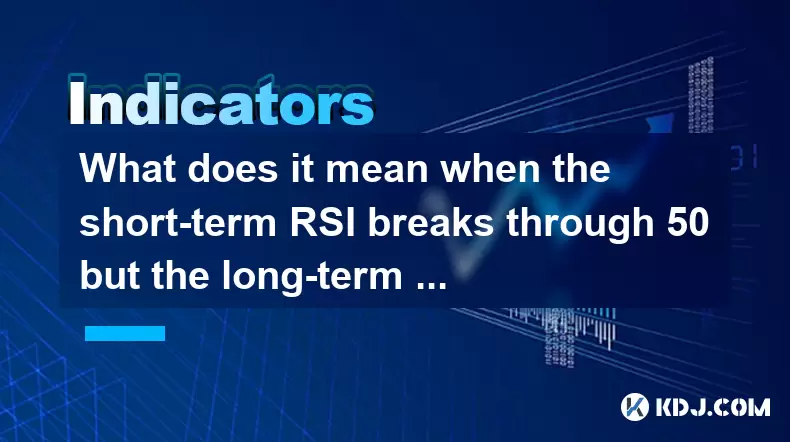
What does it mean when the short-term RSI breaks through 50 but the long-term RSI does not move in the RSI indicator?
Jun 20,2025 at 10:42am
Understanding the RSI Indicator and Its Dual-Term ApplicationThe Relative Strength Index (RSI) is a widely used momentum oscillator in technical analysis, primarily for identifying overbought or oversold conditions in an asset’s price movement. It typically operates on a scale from 0 to 100, with levels above 70 considered overbought and below 30 consid...
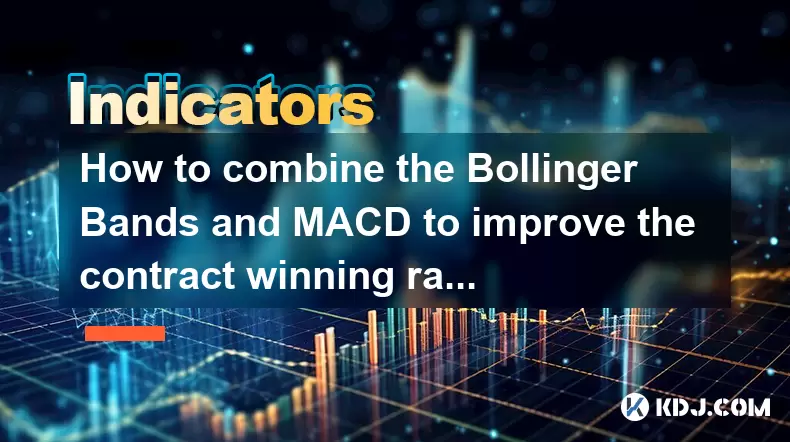
How to combine the Bollinger Bands and MACD to improve the contract winning rate?
Jun 19,2025 at 06:35pm
Understanding Bollinger Bands and MACD IndicatorsTo effectively combine Bollinger Bands and the MACD (Moving Average Convergence Divergence), it's essential to first understand what each indicator represents. Bollinger Bands consist of a middle moving average line and two outer bands that adjust based on market volatility. When prices move toward the up...
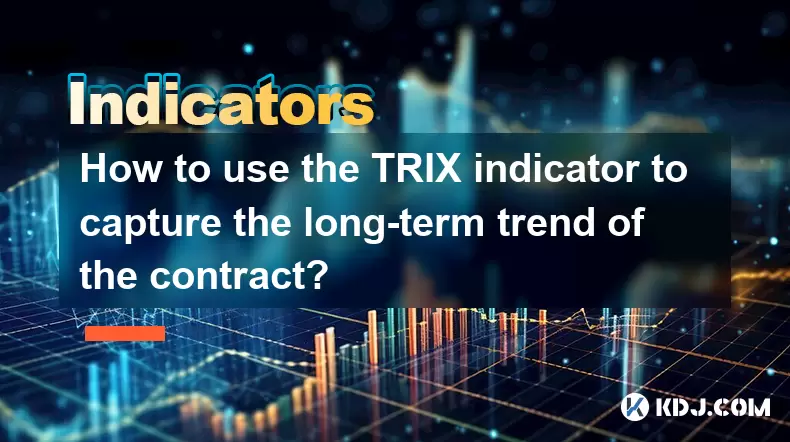
How to use the TRIX indicator to capture the long-term trend of the contract?
Jun 20,2025 at 09:14am
What Is the TRIX Indicator?The TRIX (Triple Exponential Average) indicator is a momentum oscillator used to identify oversold and overbought conditions, as well as potential trend reversals in financial markets. It is calculated by applying a triple exponential moving average to price data and then taking the percentage rate of change of that smoothed v...

How does the long lower shadow of the K line indicate the formation of the bottom of the contract?
Jun 19,2025 at 05:00am
Understanding the Long Lower Shadow in K-Line AnalysisIn cryptocurrency trading, K-line analysis plays a pivotal role in determining market sentiment and potential price reversals. A long lower shadow, also known as a long wick, is one of the most telling candlestick patterns that traders look for when assessing whether a bottom might be forming in a co...
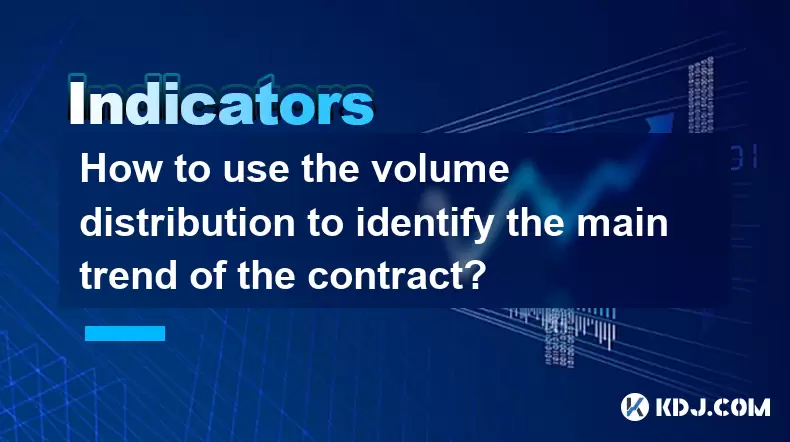
How to use the volume distribution to identify the main trend of the contract?
Jun 20,2025 at 03:56am
Understanding Volume Distribution in Cryptocurrency ContractsIn the realm of cryptocurrency trading, particularly within futures and perpetual contracts, volume distribution plays a pivotal role in deciphering market sentiment. Unlike spot markets, contract trading involves leveraged positions that can amplify both gains and losses. To navigate this com...
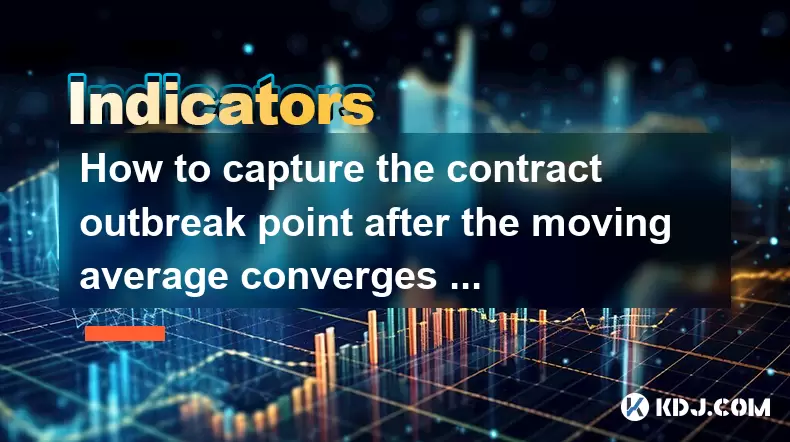
How to capture the contract outbreak point after the moving average converges and diverges?
Jun 19,2025 at 02:07pm
Understanding Moving Average Convergence and Divergence in Crypto TradingIn cryptocurrency trading, moving averages are among the most widely used technical indicators. The concept of convergence and divergence refers to how different moving averages align or separate over time. When short-term and long-term moving averages come together (converge), it ...

What does it mean when the short-term RSI breaks through 50 but the long-term RSI does not move in the RSI indicator?
Jun 20,2025 at 10:42am
Understanding the RSI Indicator and Its Dual-Term ApplicationThe Relative Strength Index (RSI) is a widely used momentum oscillator in technical analysis, primarily for identifying overbought or oversold conditions in an asset’s price movement. It typically operates on a scale from 0 to 100, with levels above 70 considered overbought and below 30 consid...

How to combine the Bollinger Bands and MACD to improve the contract winning rate?
Jun 19,2025 at 06:35pm
Understanding Bollinger Bands and MACD IndicatorsTo effectively combine Bollinger Bands and the MACD (Moving Average Convergence Divergence), it's essential to first understand what each indicator represents. Bollinger Bands consist of a middle moving average line and two outer bands that adjust based on market volatility. When prices move toward the up...

How to use the TRIX indicator to capture the long-term trend of the contract?
Jun 20,2025 at 09:14am
What Is the TRIX Indicator?The TRIX (Triple Exponential Average) indicator is a momentum oscillator used to identify oversold and overbought conditions, as well as potential trend reversals in financial markets. It is calculated by applying a triple exponential moving average to price data and then taking the percentage rate of change of that smoothed v...

How does the long lower shadow of the K line indicate the formation of the bottom of the contract?
Jun 19,2025 at 05:00am
Understanding the Long Lower Shadow in K-Line AnalysisIn cryptocurrency trading, K-line analysis plays a pivotal role in determining market sentiment and potential price reversals. A long lower shadow, also known as a long wick, is one of the most telling candlestick patterns that traders look for when assessing whether a bottom might be forming in a co...

How to use the volume distribution to identify the main trend of the contract?
Jun 20,2025 at 03:56am
Understanding Volume Distribution in Cryptocurrency ContractsIn the realm of cryptocurrency trading, particularly within futures and perpetual contracts, volume distribution plays a pivotal role in deciphering market sentiment. Unlike spot markets, contract trading involves leveraged positions that can amplify both gains and losses. To navigate this com...

How to capture the contract outbreak point after the moving average converges and diverges?
Jun 19,2025 at 02:07pm
Understanding Moving Average Convergence and Divergence in Crypto TradingIn cryptocurrency trading, moving averages are among the most widely used technical indicators. The concept of convergence and divergence refers to how different moving averages align or separate over time. When short-term and long-term moving averages come together (converge), it ...
See all articles

























































































